数码管显示的ADC0831电压表程序
程序效果:数码管显示0.00-5.00U电压,调节电位器,得到
ADC0831的2脚电压值。
注:测量时先把电位器调节到中间,也就是2.5U,但切记
所测的引脚的电压值不能超过5U,否则会烧坏ADC0831
芯片和单片机,小心哦。
程序版权所有:http://www.51hei.com,如无法编译,请去掉所有前导空白。
*/
#includereg52.h>
#includeintrins.h>
#define uchar unsigned char
#define uint unsigned int
uchar code table[]={
0x3f,0x06,0x5b,0x4f,0x66,0x6d,0x7d,0x07,0x7f,0x6f,//共阴的数码管的显示值为0-9
0x8f,0x86,0xdb,0xcf,0xe6,0xed,0xfd,0x87,0xff,0xef,//显示值为:带有小数点的0-9
0x40,0x3e,0x00}; //分别显示“-”,U(伏的单位),空表
sbit scl1=P1^3;
sbit sda1=P1^4;
sbit px1=P1^5;
sbit cs1=P1^6;
uchar tmpdata[]={0,0,0,0};
uchar readad0831();
void display(uchar *lp,uchar lc);
void delay();
void main()
{
uint i=0,tmp; //这要定位为整型,防止数据溢出
px1=0;
while(1)
{
i++;
if(i==255)
{
i=0;
tmp=readad0831()*100; //这里乘以100,是保留两位小数的意思
tmp=tmp/51;
tmpdata[0]=tmp/100; //得到百位数,其实是原来的个位数
tmpdata[0]+=10; //这里加上10,是因为带小数点的数字在后面十位
tmp=tmp%100;
tmpdata[1]=tmp/10; //得到十位,即小数点的后一位
tmpdata[2]=tmp%10; //得到各位,即小数点的第二位
tmpdata[3]=21; //加上单位U,即伏
}
display(tmpdata,4); //调用显示子函数
}
}
void display(uchar *lp,uchar lc)
{
uchar i;
P2=0;
P1=P10xf8; //防止改变后五位数
for(i=0;ilc;i++)
{
P2=table[lp[i]];
delay();
if(i==7)
break;
P2=0;
P1++;
}
}
uchar readad0831()//根据ADC0831协议编写的语句
{
uchar i=0,tmp=0;
sda1=1;
cs1=0;
_nop_();
_nop_();
scl1=0;
_nop_();
_nop_();
scl1=1;
_nop_();
_nop_();
scl1=0;
_nop_();
_nop_();
scl1=1;
_nop_();
_nop_();
scl1=0;
_nop_();
_nop_();
for(i=0;i8;i++)
{
tmp=_crol_(tmp,1);
if(sda1)
tmp++;
scl1=1;
_nop_();
_nop_();
scl1=0;
_nop_();
_nop_();
}
cs1=1;
return tmp;
}
void delay() //延时子函数
{
_nop_();_nop_();_nop_();_nop_();_nop_();
}



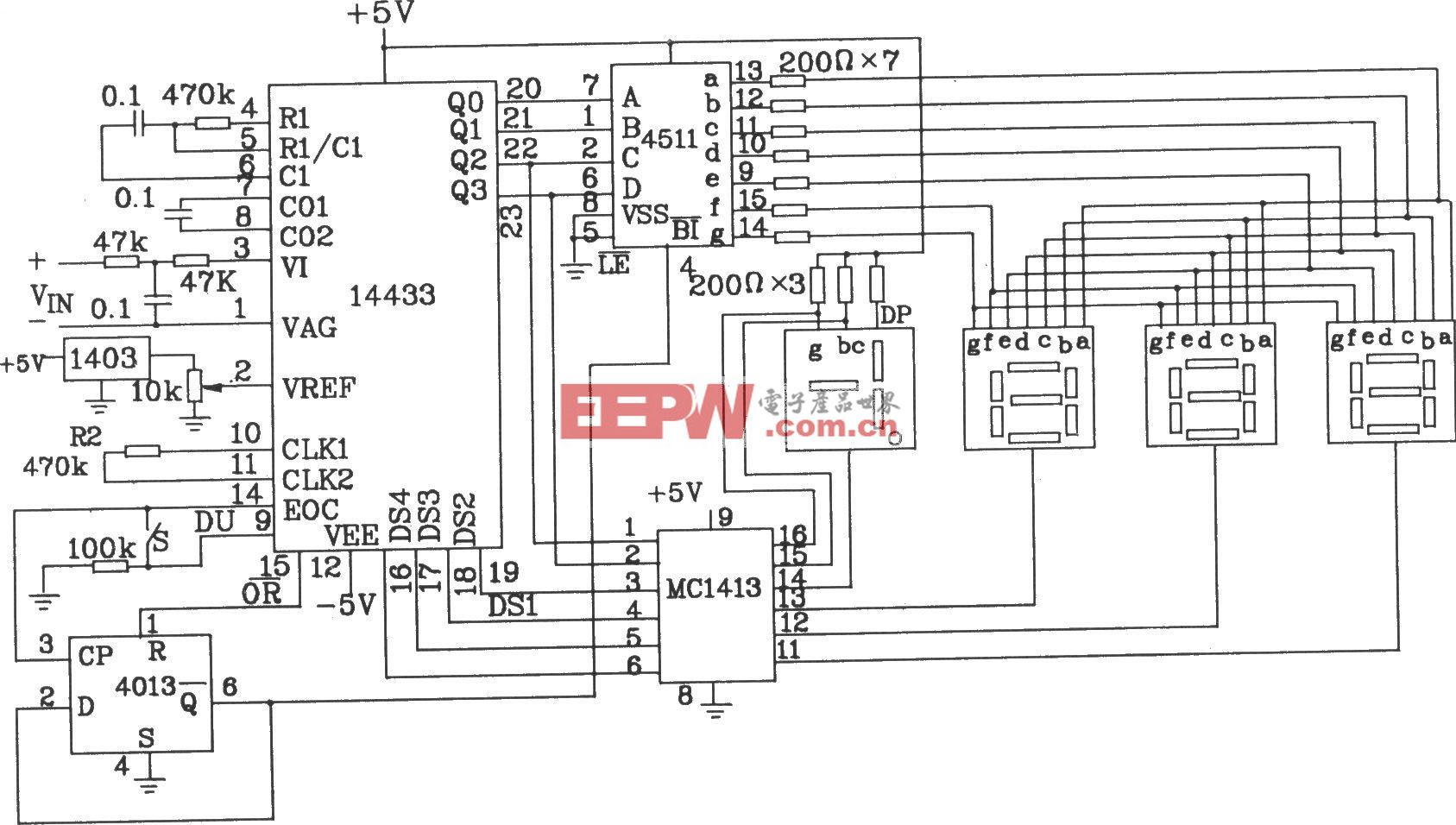
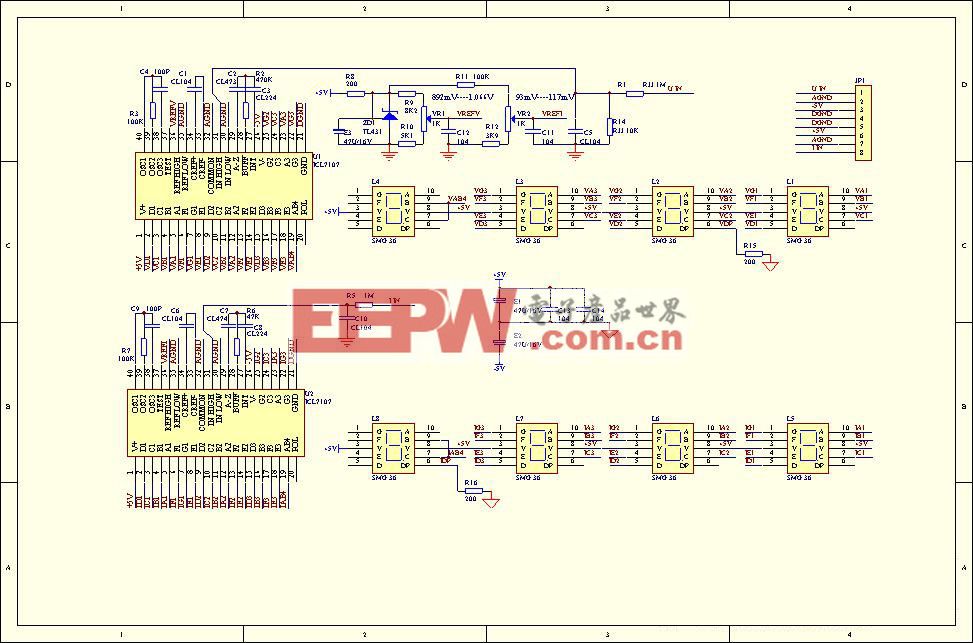
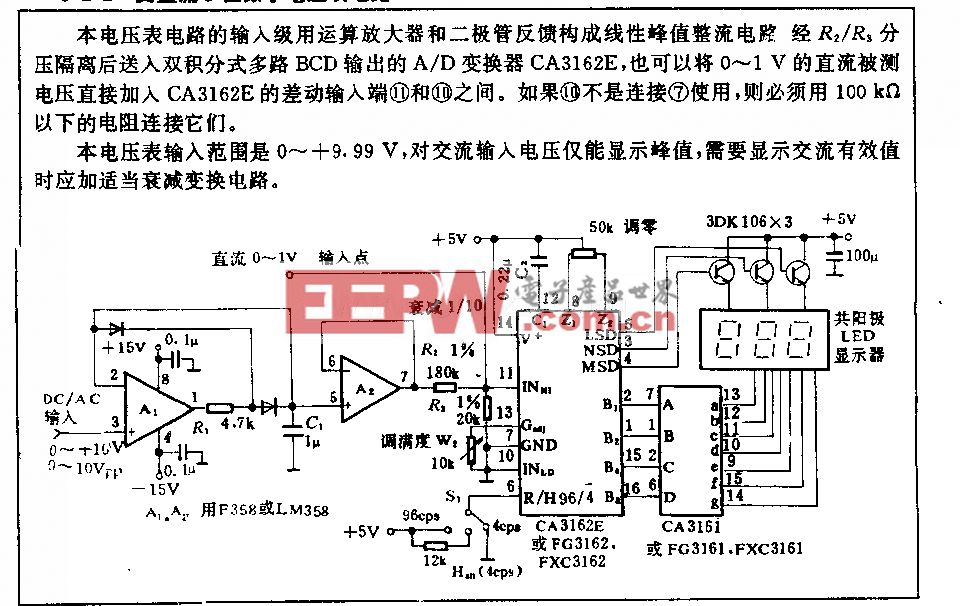
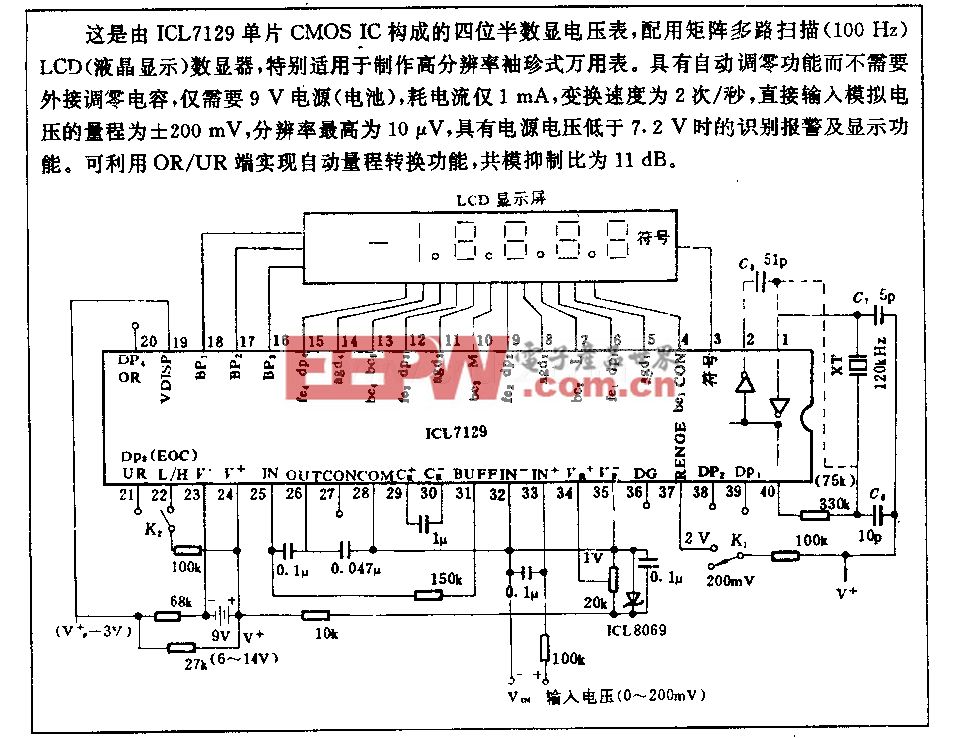
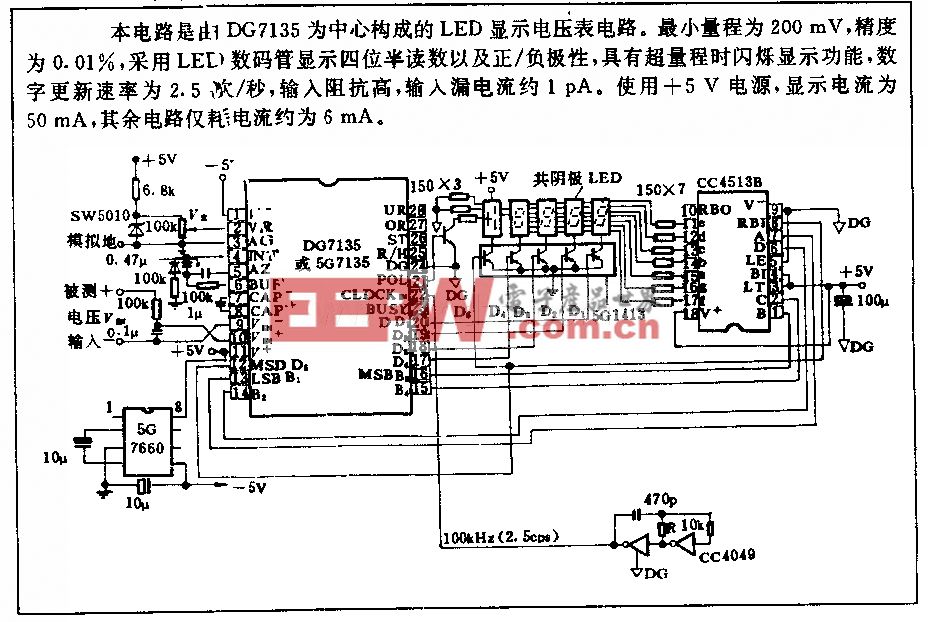

评论